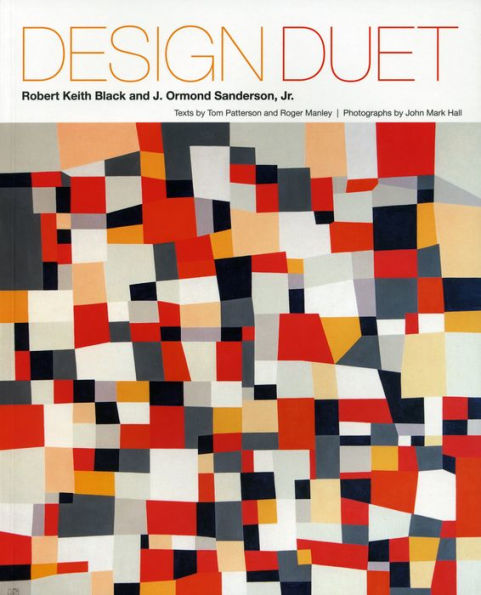Home
Partners in Design: Alfred H. Barr Jr. and Philip Johnson
Barnes and Noble
Partners in Design: Alfred H. Barr Jr. and Philip Johnson
Current price: $50.00


Barnes and Noble
Partners in Design: Alfred H. Barr Jr. and Philip Johnson
Current price: $50.00
Size: OS
Loading Inventory...
*Product information may vary - to confirm product availability, pricing, shipping and return information please contact Barnes and Noble
The story of Alfred Barr and Philip Johnson, two young men, now acknowledged as giants in the history of modernism, who changed the course of design in the United States
The 1920s and 1930s saw the birth of modernism in the United States, a new aesthetic, based on the principles of the Bauhaus in Germany: its merging of architecture with fine and applied arts; and rational, functional design devoid of ornament and without reference to historical styles.
Alfred H. Barr Jr., the then 27-year-old founding director of the Museum of Modern Art, and 23-year-old Philip Johnson, director of its architecture department, were the visionary young proponents of the modern approach. Shortly after meeting at Wellesley College, where Barr taught art history, and as Johnson finished his studies in philosophy at Harvard, they set out on a path that would transform the museum world and change the course of design in America.
The Museum of Modern Art opened just over a week after the stock market crash of 1929. In the depths of the Depression, using as their laboratories both MoMA and their own apartments in New York City, Barr and Johnson experimented with new ideas in museum ideology, extending the scope beyond painting and sculpture to include architecture, photography, graphic design, furniture, industrial design, and film; with exhibitions of ordinary, machine-made objects (including ball bearings and kitchenware) elevated to art by their elegant design; and with installations in dramatically lit galleries with smooth, white walls.
Partners in Design, which accompanies an exhibition opening at the Montreal Museum of Fine Arts in April 2016, chronicles their collaboration, placing it in the larger context of the avant-garde in New York - 1930s salons where they mingled with Julien Levy, the gallerist who brought Surrealism to the United States, and Lincoln Kirstein, co-founder of the New York City Ballet; their work to help Bauhaus artists like Josef and Anni Albers escape Nazi Germany - and the dissemination of their ideas across the United States through MoMA’s traveling exhibition program.
Plentifully illustrated with icons of modernist design, MoMA installation views, and previously unpublished images of the Barr and Johnson apartments - domestic laboratories for modernism, and in Johnson’s case, designed and furnished by Ludwig Mies van der Rohe - this fascinating study sheds new light on the introduction and success in North America of a new kind of modernism, thanks to the combined efforts of two uniquely discerning and influential individuals.










